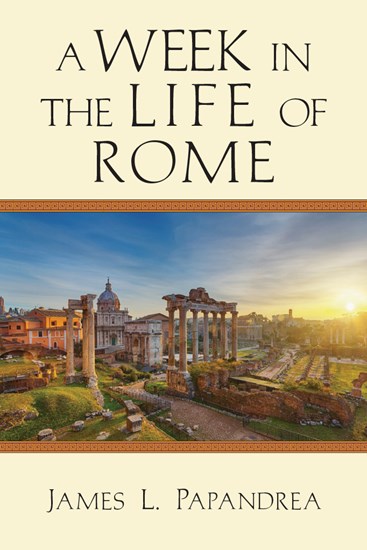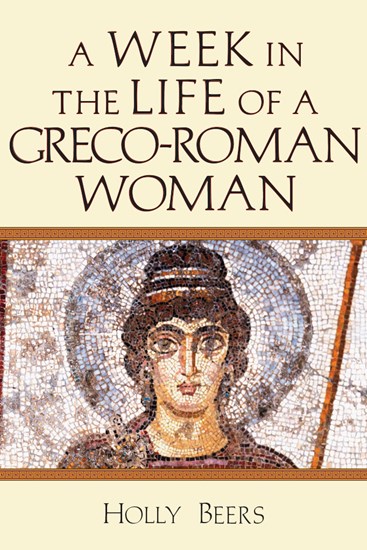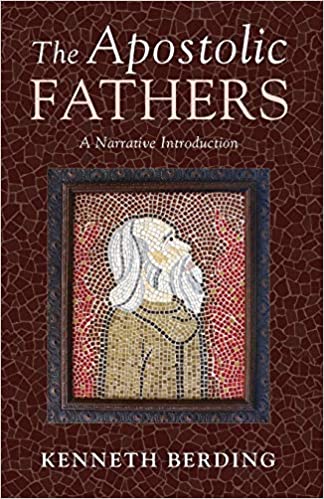Inside the thoughts of early Christian believers
Post by Jennifer Woodruff Tait
As we move from Easter Sunday into Eastertide, the 50 days preceding Pentecost, the early church has been much on my mind. In my tradition, we read Acts in church services during this season so that we can hear the story of how the earliest Christians spread the good news of Christ’s resurrection. The stories in Acts are wonderful and also challenging - Stephen’s martyrdom, the Council of Jerusalem, Paul’s conversion and missionary journeys, and the tales of new believers such as Aquila, Priscilla, Lydia, Barnabas and Timothy. Yet I’ve often longed to understand this period of church history more deeply.
Three books that have crossed my desk help us make this imaginative leap, especially when all three are read together. First, two novels from InterVarsity Press attempt to get inside the mind of fictional Greco-Roman characters discovering the “Way” (the earliest name for the Christian movement) in the first century AD and deciding whether to follow it. A Week in the Life of Rome (2019) by James Papandrea follows a number of characters as they go through the experiences, relationships, and rituals of daily Roman life while repeatedly encountering Christian believers (including the Apostle Peter) - all while feeling the pull of what, at this point, was an illegal faith.

A Week in the Life of a Greco-Roman Woman (2019) by Holly Beers does the same with a single character - Anthia, a respected Roman matron living in Ephesus who comes within the orbit of Paul and many disciples of the Way, and has to choose whether to follow the Way against her husband’s wishes. In addition to the gripping stories of their protagonists, both books feature ample illustrations and informative sidebars about Roman society, and their descriptions of how early Christians worshipped and interacted with Greco-Roman society are obviously based on careful research and a close reading of the Biblical text.

Then, a few years ago, Kenneth Berding released a little book called The Apostolic Fathers: A Narrative Introduction (Wipf and Stock, 2017). This story is set in the second century AD; it imagines the last days of Polycarp (c. 69-155) before his martyrdom as he hides out from the authorities at the home of a friend and tells those gathered around him about the early days of Christianity from his perspective. (Polycarp would have been born a few decades after the time period described in the Week in the Life books).

This narrative serves as a framing for English translations of a number of very important documents from the first and second centuries, including First and Second Clement, the Didache, the Shepherd of Hermas, and Poylcarp’s own letter to the Phillipians. At the end of the story, Polycarp is taken away to be martyred, and the primary sources conclude with his famous martyrdom account. For the student of early church history, there are extensive notes on the texts, a few suggestions for further reading, and questions for discussion.
All three of these are marvelous books, teeming with scholarship but very accessible, that would well repay study in a small group or Sunday School class. I hope that you spend some time with them this Easter season as you consider once again what it means to walk in the footsteps of those first Christian believers.
For more from Christian History on the early church, check out issues #17: Women in the early church, #27: Persecution in the early church, #37: Worship in the early church, and our in-depth early church study module here.



